Cairo Unveiled: A 10-Day Exploration of History, Culture, and Urban Life
In Cairo, Egypt for 10 days to experience ancient Egyptian civilization, from its mysterious pyramids, towering monuments, mummies, and tombs to its cuisine, artistry and way of life. Where else can you witness the Great Sphinx or visit a country once run by a powerful woman, Queen Cleopatra, 30 BCE? Cairo is the second largest city in Africa, the bustling capital of Egypt, a city rich in history and culture on the banks of the Nile River (the longest river in the world). Cairo, known as “Al-Qahira” in Arabic, is the largest city in the Arab world. It is also a city undergoing drastic changes. Here is my take on Egypt and what to explore when visiting…….
First a Bit of History
Settlements near the Nile River go back as far as c 6000 BCE, notably one of the oldest civilizations in the world. It is during the Old Kingdom era (c.2613-2181 BCE) when the pyramids were built by various kings. Egypt experienced centuries of dynasties, too many to mention that eventually led to power struggles, dividing the country (lower and upper Egypt). Several invasions were followed by the Assyrians, Persians, and eventually, the Greeks led by Alexander the Great. It is during this period Cleopatra VII ruled, blending both Greek and Egyptian culture. The Romans eventually defeated Cleopatra and Mark Anthony, making it part of the Roman Empire. It later was occupied by the Byzantine Empire, when Christianity was first introduced. Eventually, Arabs conquered Egypt, introducing Islamic religion and culture.
But wait… there were more conquests. The Ottomans took control of Egypt, overtime becoming weak that eventually led to the Napoleon’s invasion in 1798, for a brief period of French control. By the late 19th and early 20th centuries, the British occupied Egypt, becoming a British protectorate, gaining its independence from Britain in 1952. Thus, establishing the Republic of Egypt. Quite a history, bearing in mind that there were at least a half of dozen other attempts to invade Egypt that were unsuccessful.
Arriving in Cairo, Egypt
By the time I left Turkey, I was a bit exhausted from the heat and sightseeing and frankly I wanted to slow down a bit. In choosing Egypt, a place that I long to visit, I knew from others that being a solo traveler required vigilance. I decided to use a portion of my Marriot points and stay at the Marriot Mena House for 10 days. The Mena House is a historic and iconic hotel near the Pyramids of Giza. It has a rich history having hosted diplomatic leaders, kings and celebrities, once featured in a film. It combines classic Egyptian designs with modernization. As an elite member of Marriot from years of business travel, I must say I was treated very well, allowing me to enjoy its amenities and amazing Egyptian cuisine. It gave me the time to focus on my projects and start and finish the August newsletter. Best part of the day was having a sumptuous breakfast overlooking the Pyramids. My only complaint, I found the heat to be a bit stifling, with hardly any breeze throughout the evening.
What I did and liked about Egypt
Of all the cities I visited, I found Cairo to be the one I liked the least. I was disappointed in how the government takes care of the surrounding areas of its most important tourist sites. Most need improvements, as they look worn, requiring some modernization and better control in managing trash. It is important to rely on tour guides to get around to places. I had two good tour guides assisting me navigate the sites I was interested in while feeling safe.
Driving through the city is chaotic and, frankly scary as the traffic is intense. Most Uber drivers speak very little English, most do not use air-conditioning. I did not find the city to be a place that I would take long walks as I have done in other cities. Vendors are very aggressive and rude hassling you about buying what they sell. A tour guide is helpful in pushing them away.
As you are driven through the city, you are truly experiencing an urban jungle. The congestion of vehicles, pedestrians and vendors is huge. The city is very gritty, noisy and unattractive. There is a significant concentration of large apartment complexes lined up next to each other throughout the city. Sadly, you witness the city’s poor quality of its building construction as well as the aging of these properties. Most of the buildings are painted in a brown and beige colors to minimize the damage of sand and dust storms. Many of the buildings reminded me of cardboard boxes with cutouts. This does not speak for the entire city as there are apartment complexes that look fine and there are advertisements of newly residential communities for sale.
The city is experiencing high levels of population density contributing to poor living conditions straining public services and health care. It also has a high unemployment rate and higher inflation. These economic issues are partly related to the current leadership and its control of the military that is used to curtail the opposition and any protest. Regardless, it is a city worth visiting to witness the history and culture of so many civilizations within Egypt. Below is a list of the activities and tours I took and what that experience was like.
Pyramids of Giza — Besides seeing them every morning from my breakfast table, nothing compares to seeing the pyramids up close and actually climbing its steps to feel the stone and experience one of the seven ancient wonders of the world. There are three pyramids to see— Great Pyramid of Giza, the Pyramid of Khafre, and the Pyramid of Menkaure.
A Camel Ride—This is a must if you really want to experience Egypt, but it is not a fun ride. Just getting on one of them is a challenge. When that animal rises to its feet, you better hold on for dear life to avoid landing on the camel’s neck. Once the camel is standing up, you are quite high, and the ride is not as comfortable as that of being on a horse. However, a camel ride near the pyramids is truly a unique experience. The beauty of the pyramids in the background with pastel colors of the desert and the camels trekking through the sands is priceless. Also, I am not aware of any animal that are as well dressed as camels.
The Great Sphinx—For me, visiting this site after the Pyramids was indeed a joy. I always wanted to see this monument made of limestone that embodies both an ancient past and mystery. The Sphinx represents Ra, the sun god, a symbol of strength, protection, power, and wisdom. There is no clear evidence on what happened to the Sphinx’s nose which has been damaged, most likely from one of Egypt’s many invasions.
The Grand Egyptian Museum, known as GEM—I have been following the development of this museum which is situated next to the pyramids and the Great Sphinx. It will also be near a new airport named the Great Sphinx Airport. The museum is fully constructed after 10 years, having opened its doors in 2024. However, its exhibitions are not fully operational for at least another year. I took an Uber to the museum and could only view two exhibits, mostly tombs and statues. The entire King Tut wing is not yet open. The GEM building is massive, and the architectural design is quite impressive and is expected to display up to 100,000 ancient artifacts.
The Egyptian Museum–This is a century old museum still operating today and in need of updating. Many of its artifacts will be transferred to the GEM specifically those currently housed in the King Tut Exhibition room. This room represents only a small percentage of what was found at the King Tut’s burial site. Most of these artifacts have been in storage. I was able to see for the second time King Tut’s gold mask and tomb, which has only traveled once to the US for a tour that included the Metropolitan Museum. The museum is quite crowded and not as organized. Honestly, way too many tombs for my liking.
Cultural Tours—Using the same two tour guides, I visited a small bazaar, viewed three mosques, two ancient ones, and the ElAzhar Mosque, which was quite large, full of families participating in a range of activities. I learned the history of papyrus, the first writing surface (paper) made in Ancient Egypt from a plant by the same name and the use of essential oils for wellness. I also experienced a short ride on the Nile River on a Felucca, a simple, traditional wooden Egyptian sailboat steered by a local villager.
Final Note
There were many other monuments and cultural activities available to tourists that I didn’t pursue, wanting some time for myself to decompress and work on projects. Although I would venture to say that a week in Cairo, Egypt is sufficient unless you plan to take a 3-4 day Nile cruise to Luxor to see other historical sites. The idea of packing and unpacking was a turnoff for me and a bit too hectic under Egypt’s scorching sun.

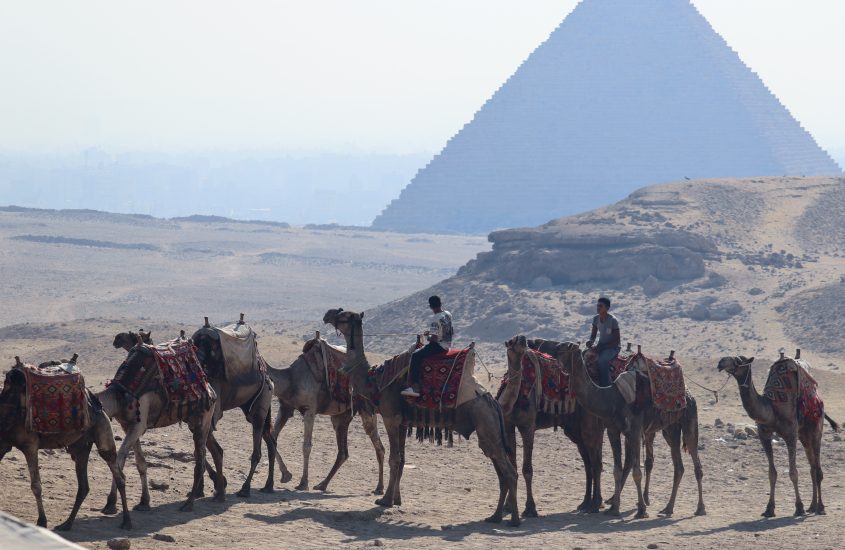
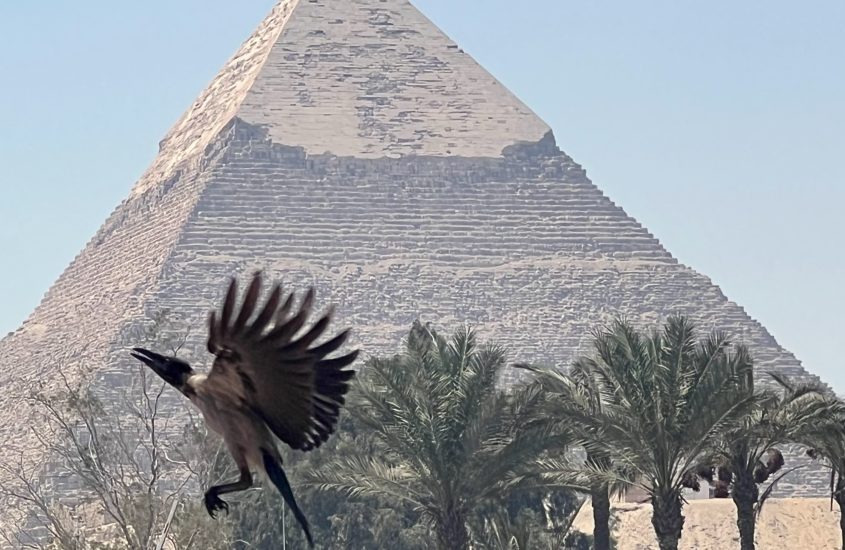

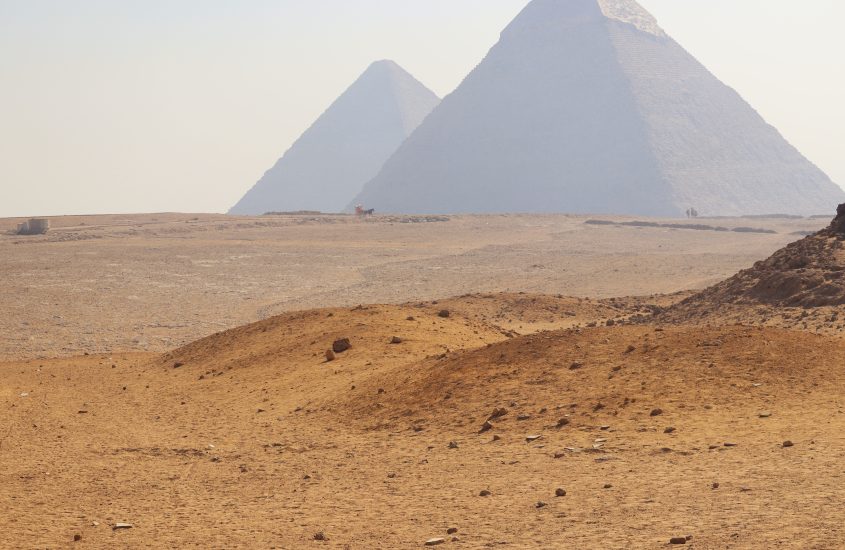
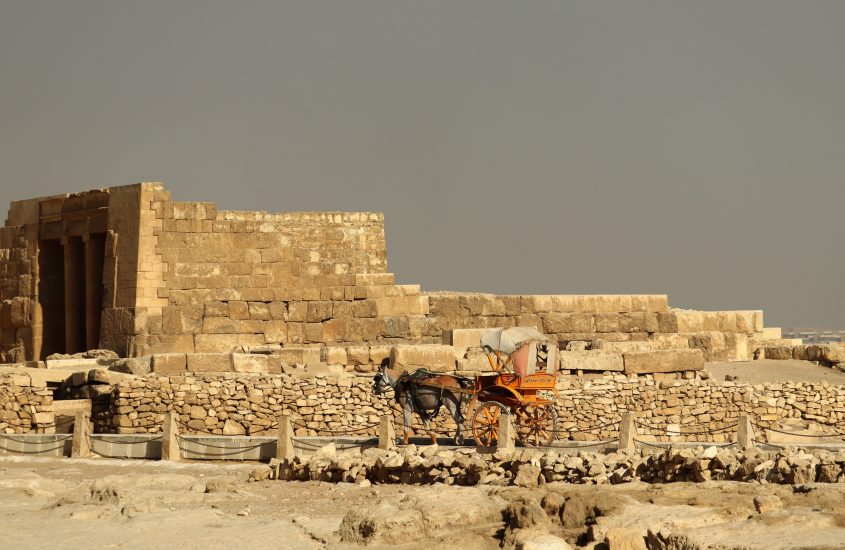
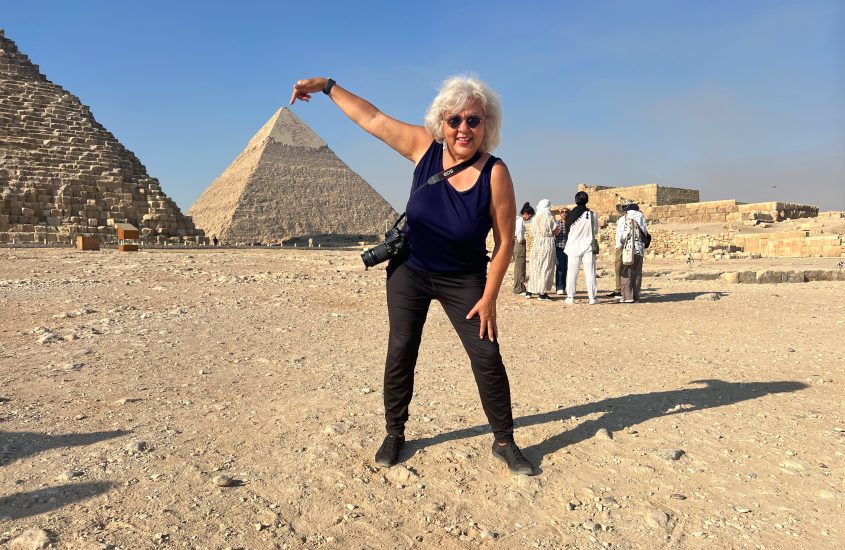

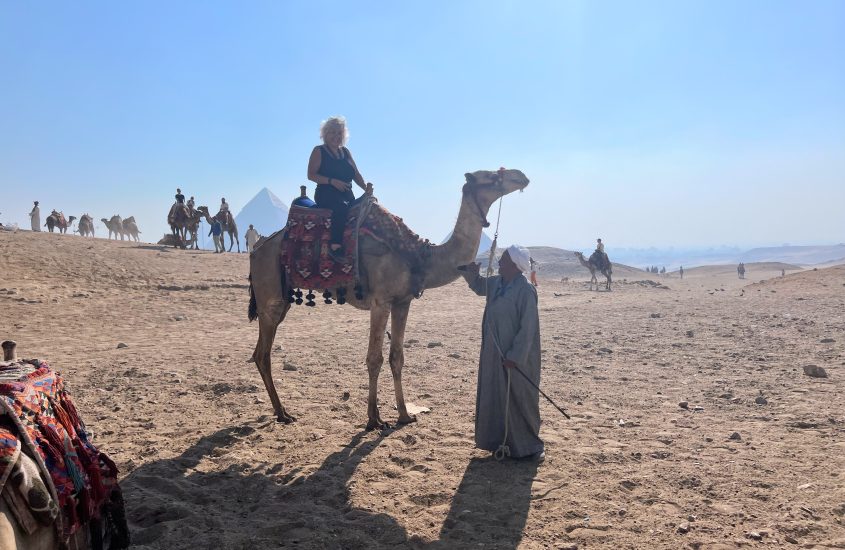
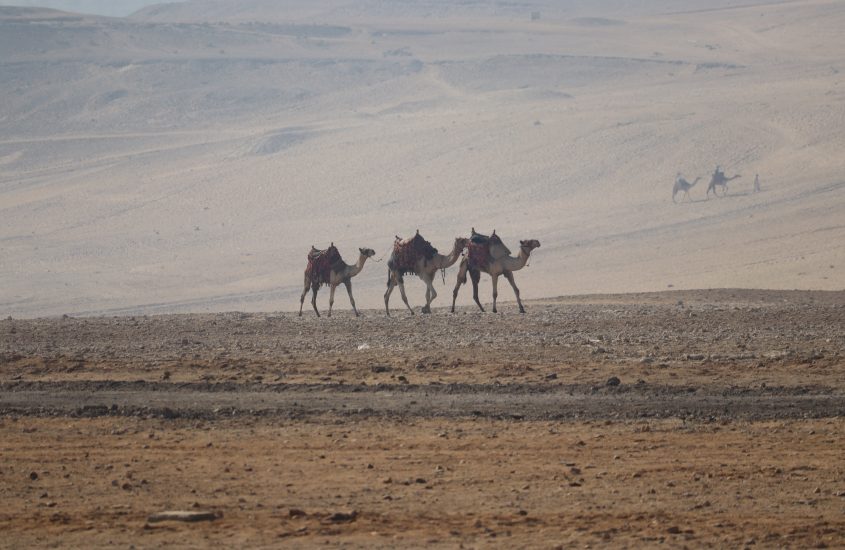
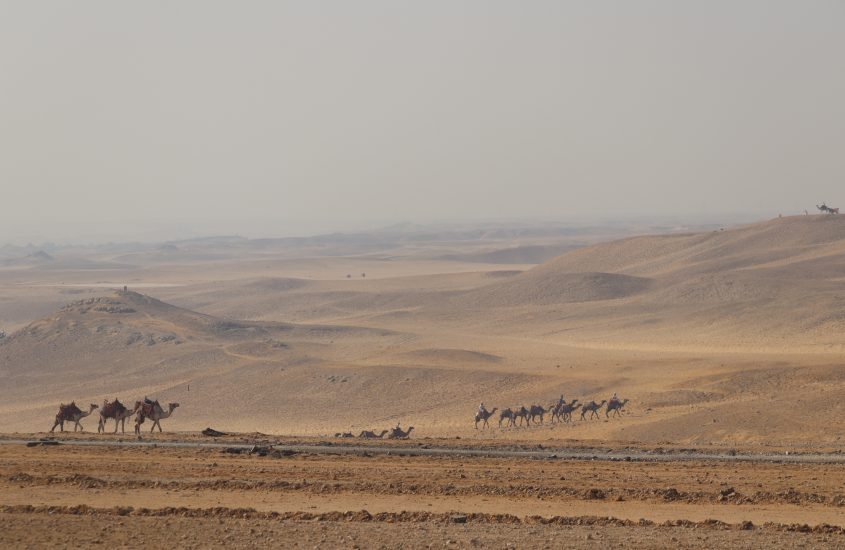
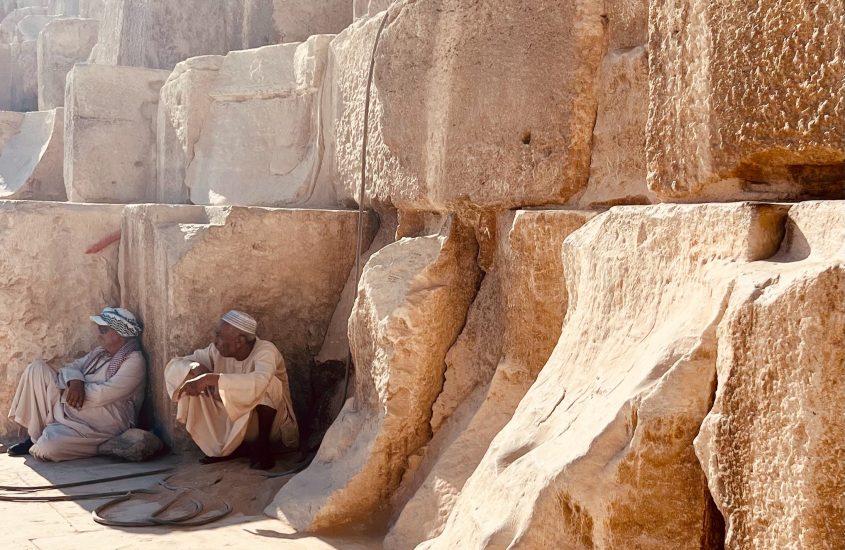
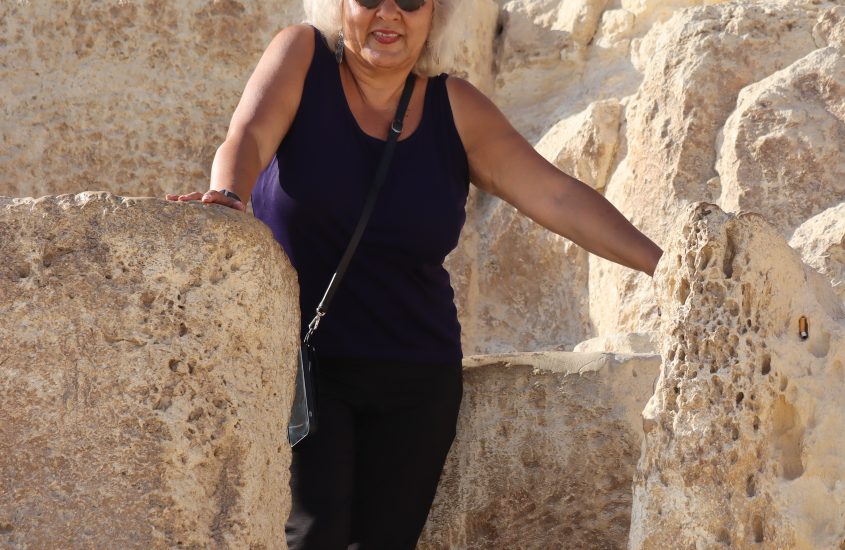
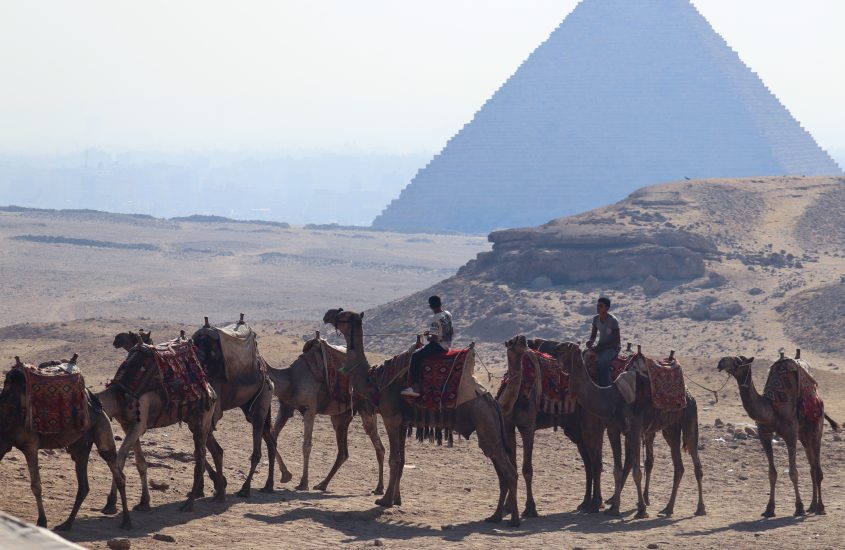
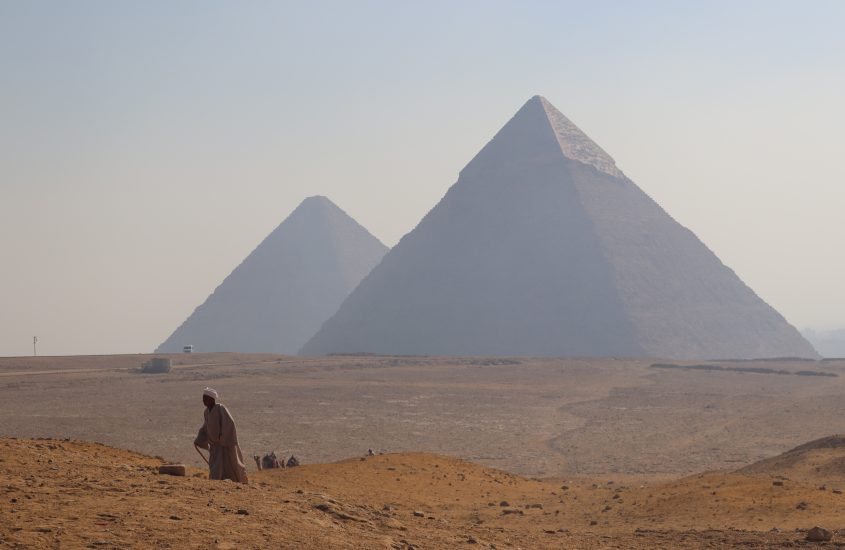
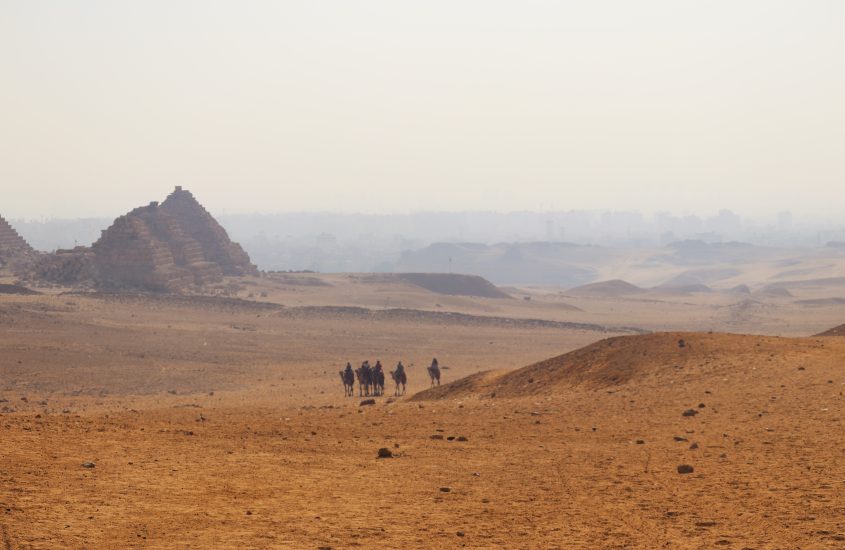
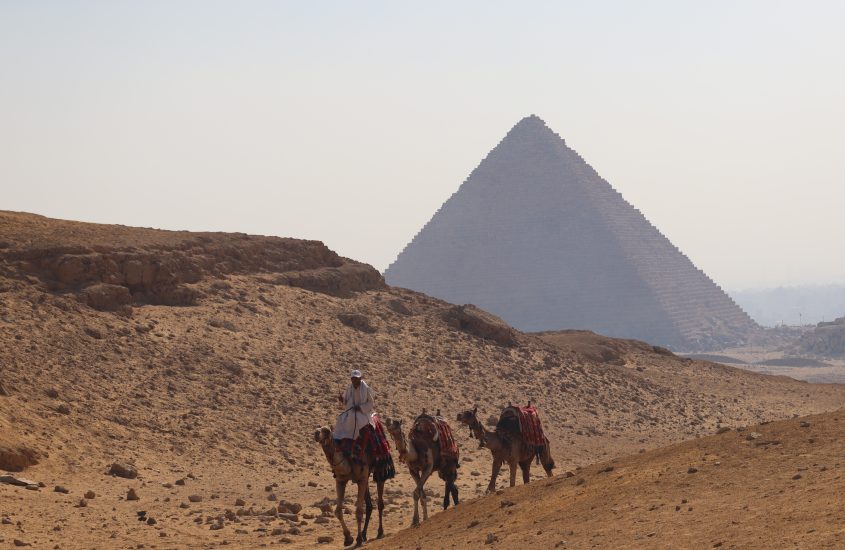
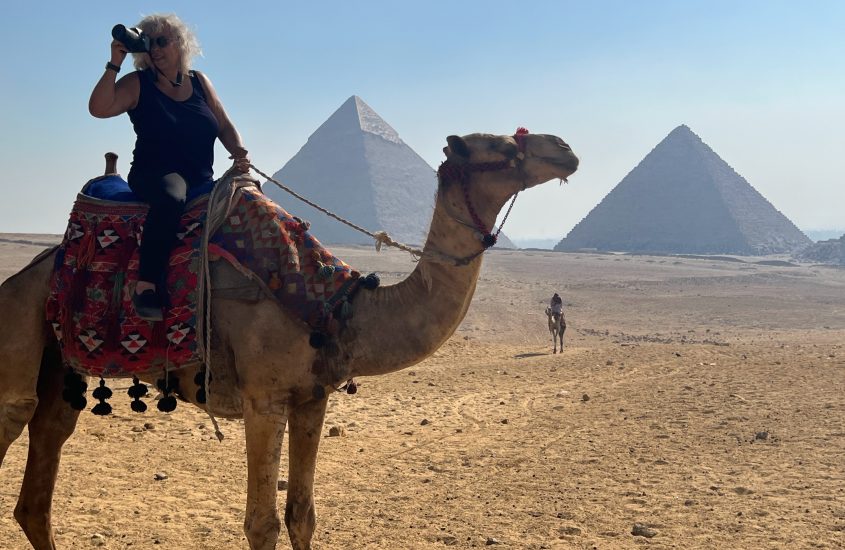
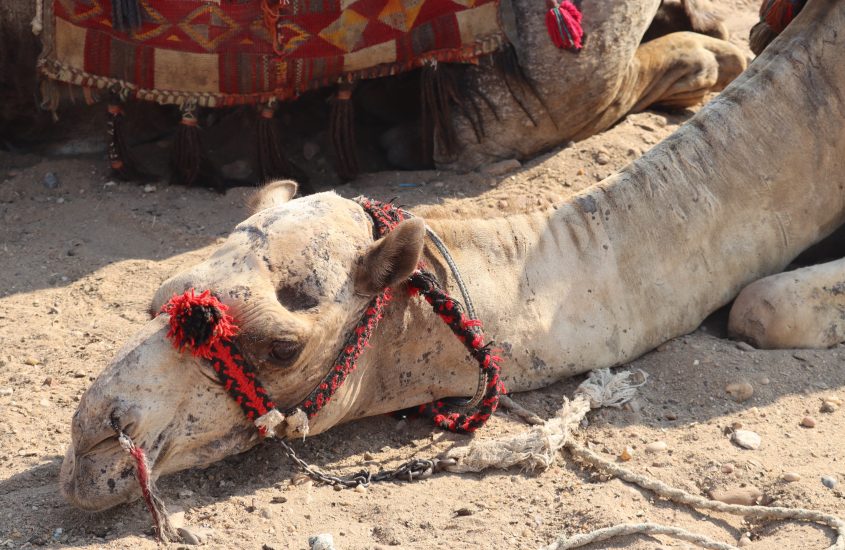
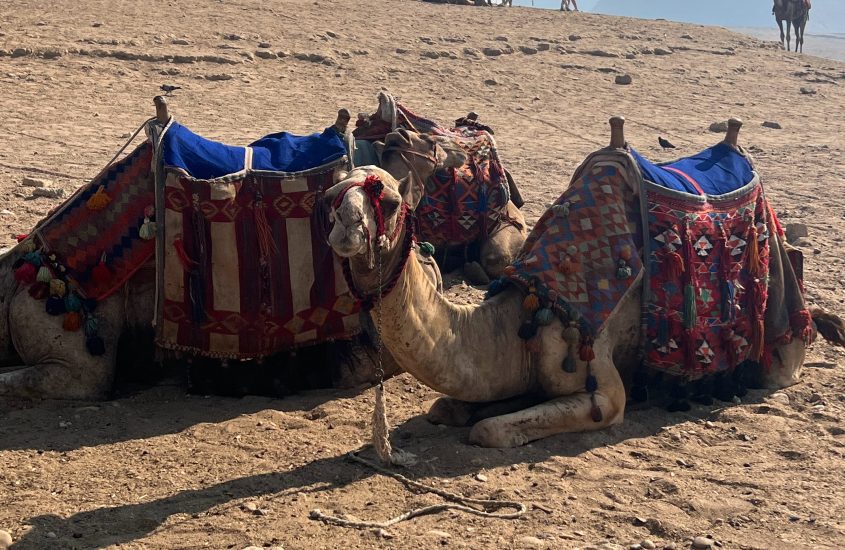
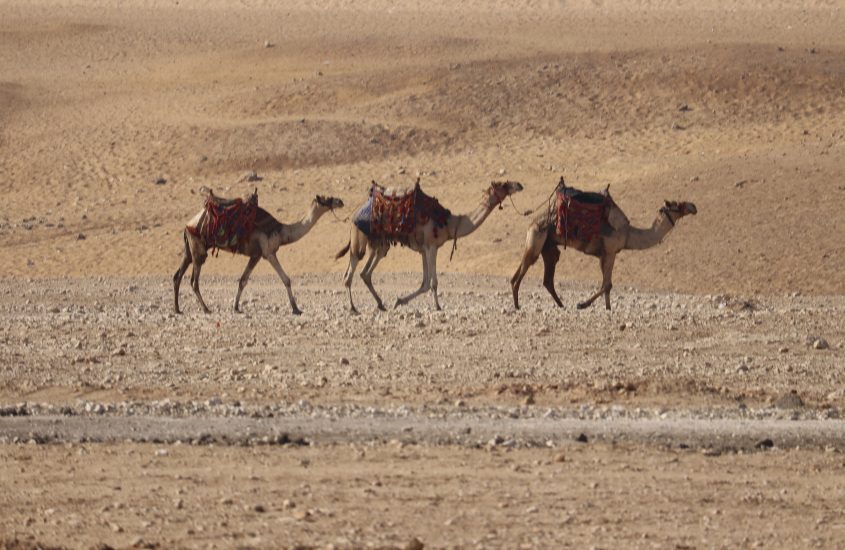
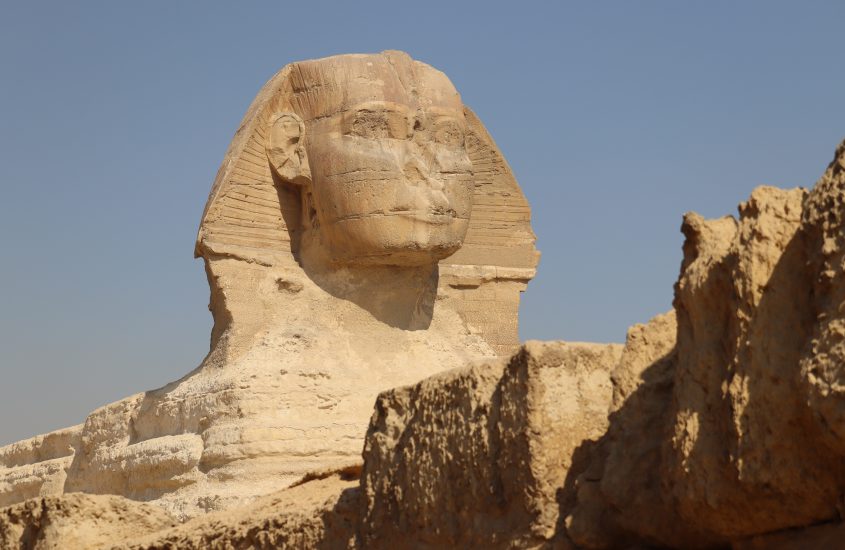
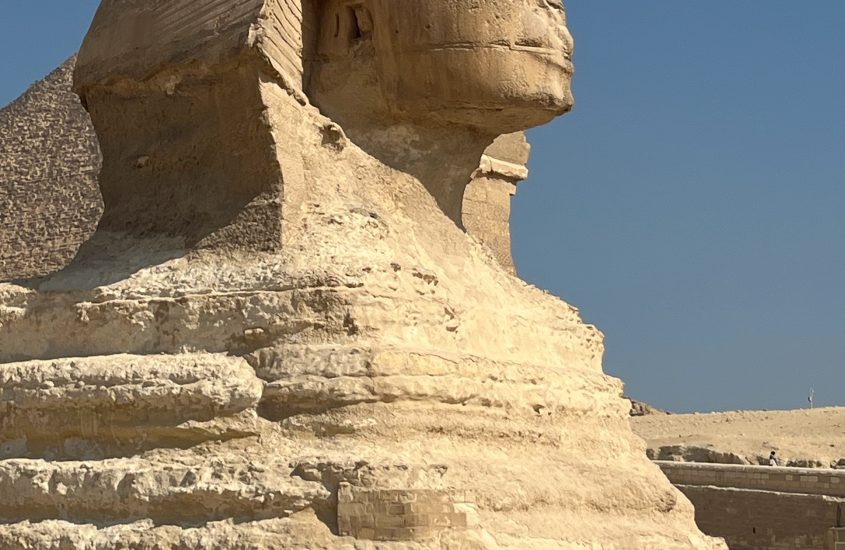
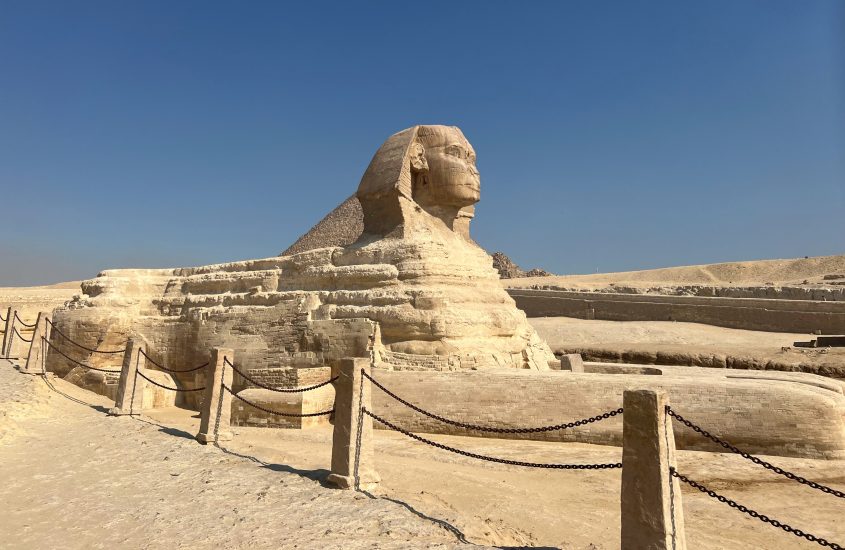
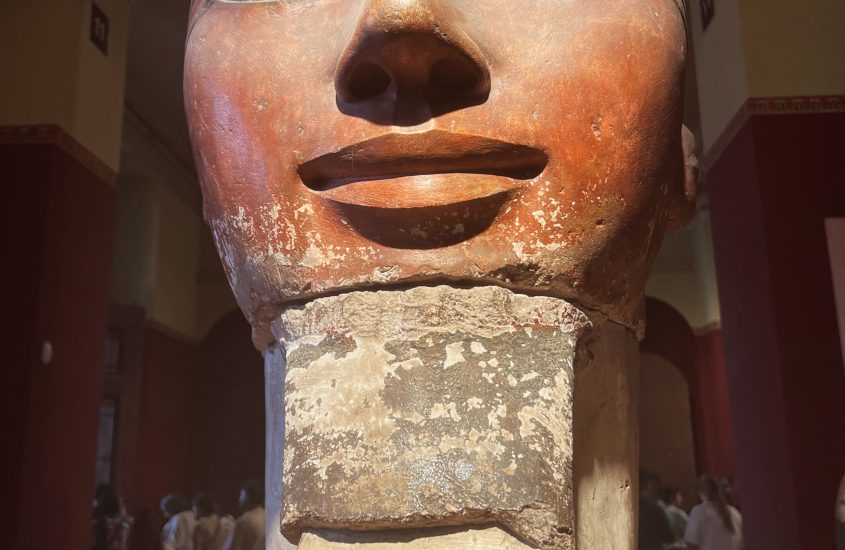
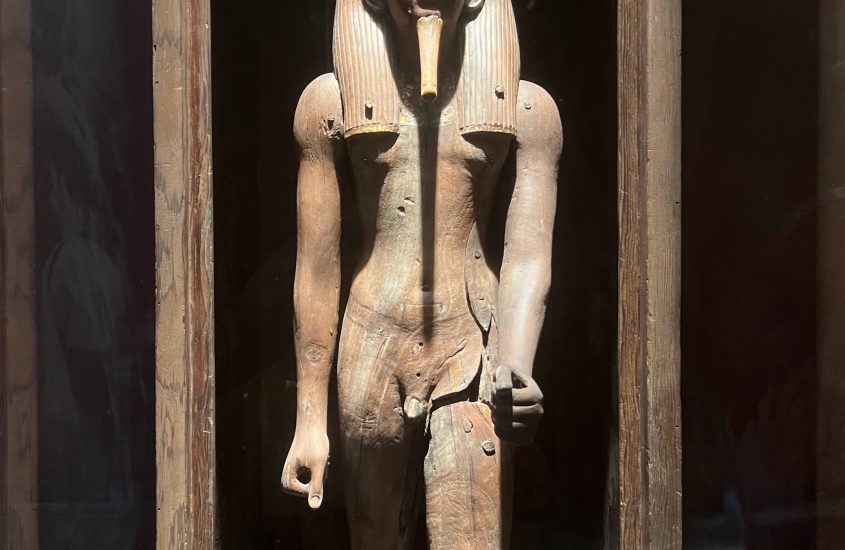
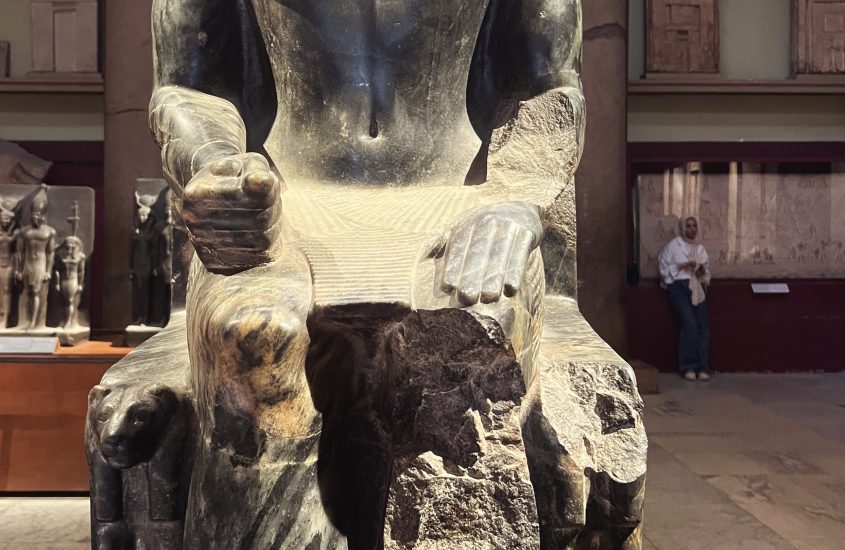
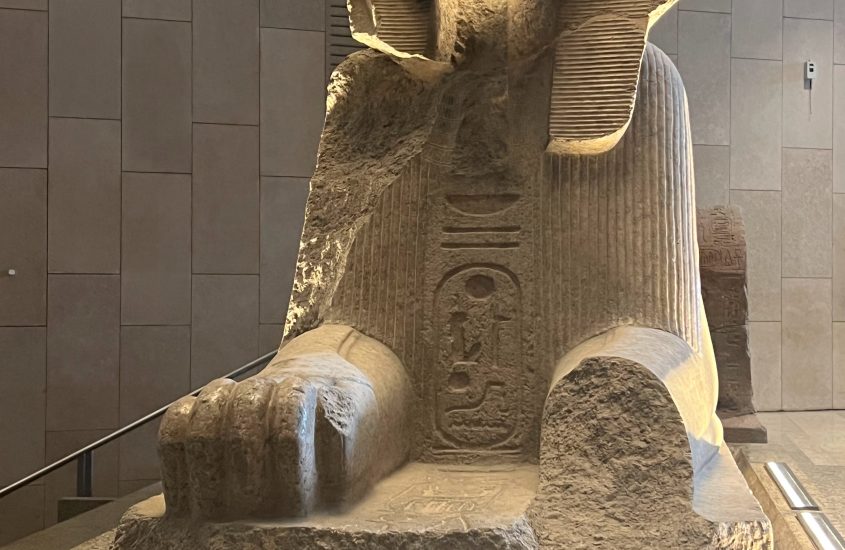
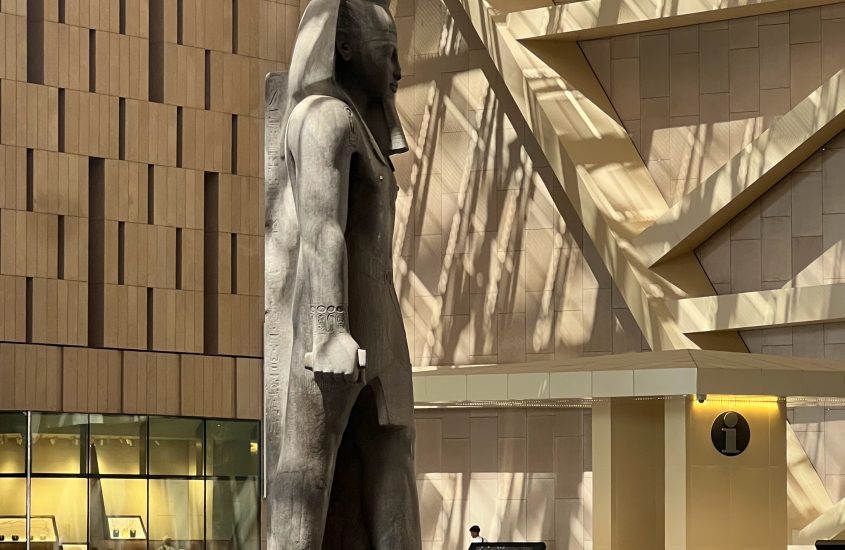
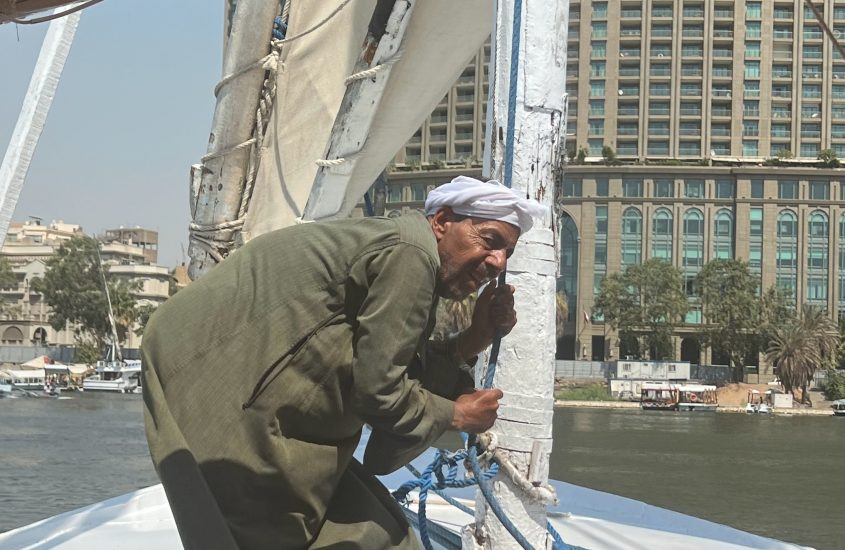
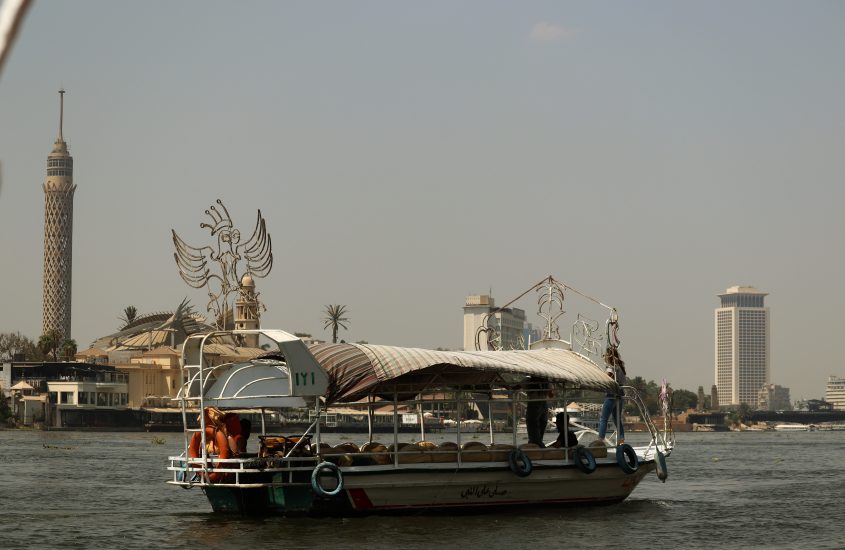
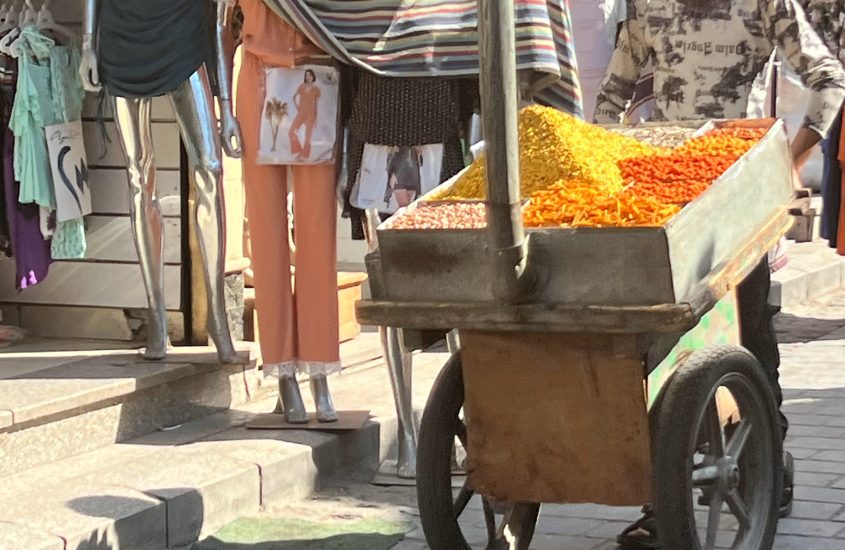
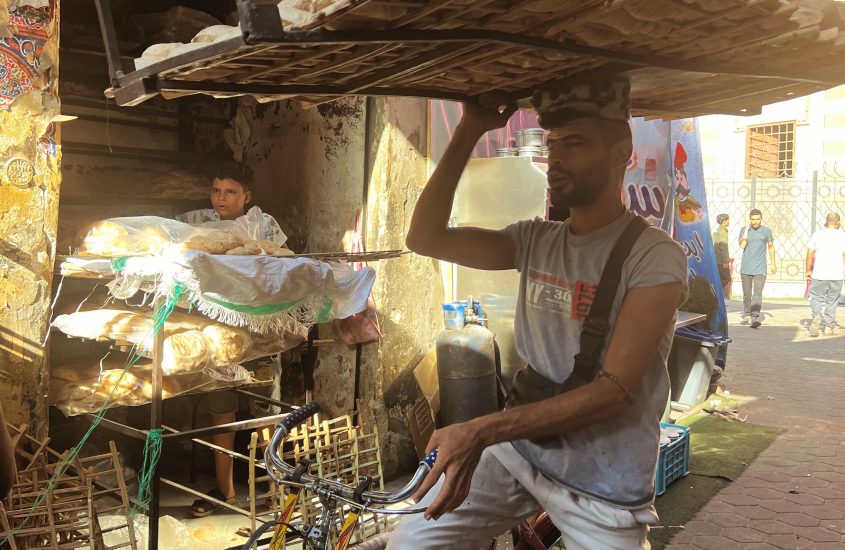
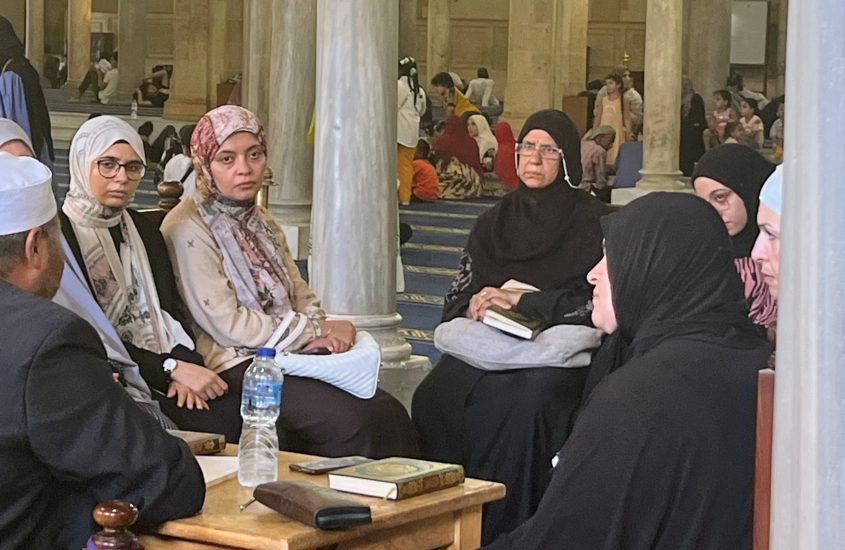
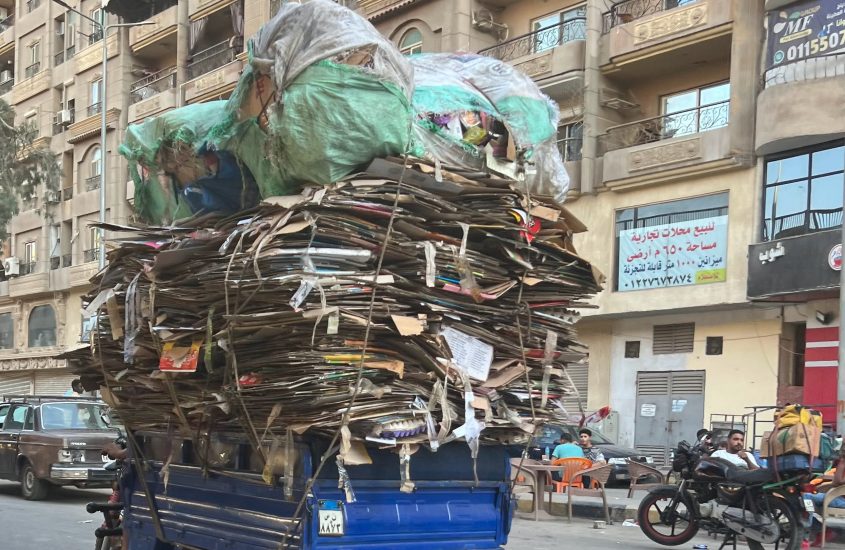
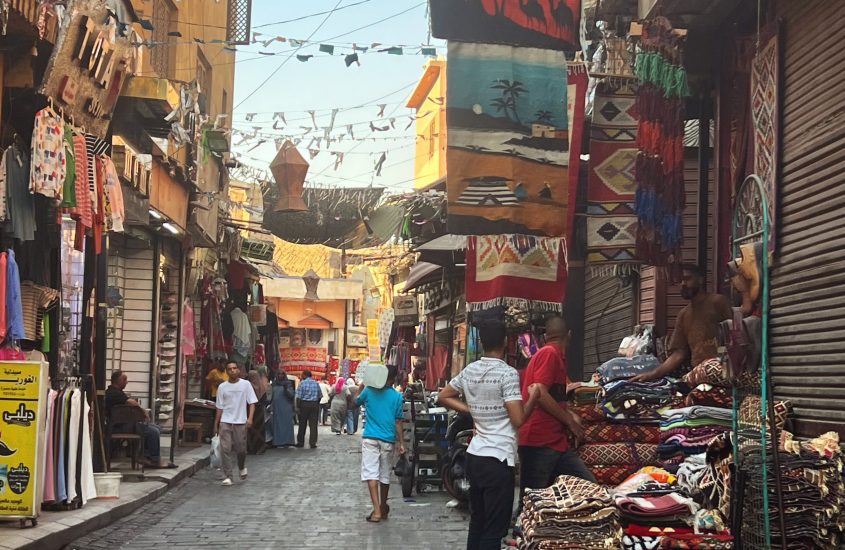
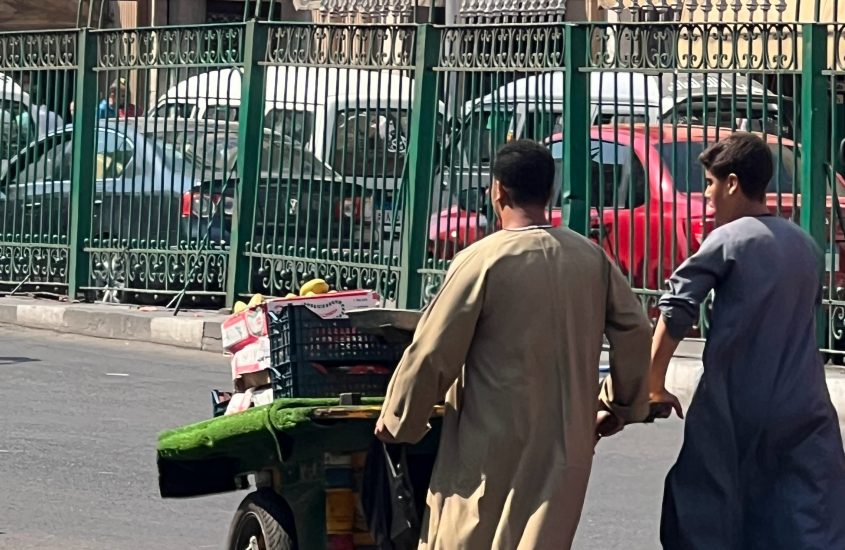
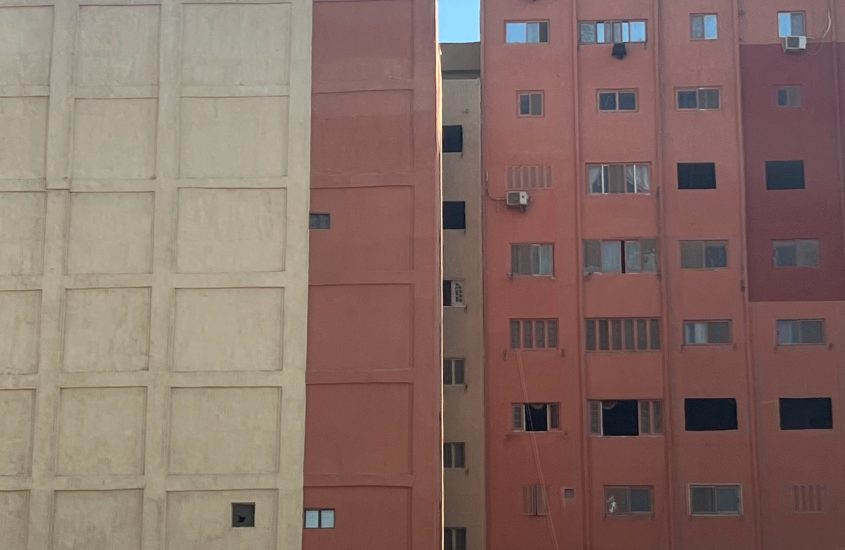
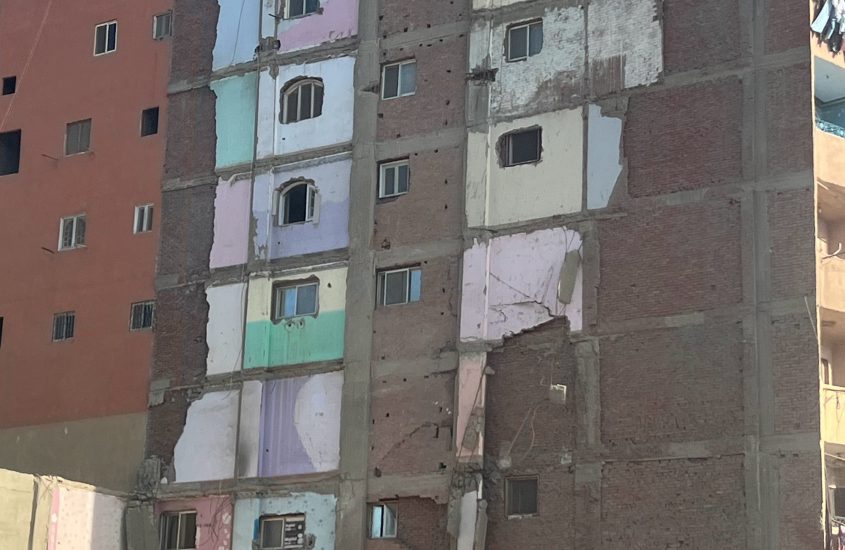
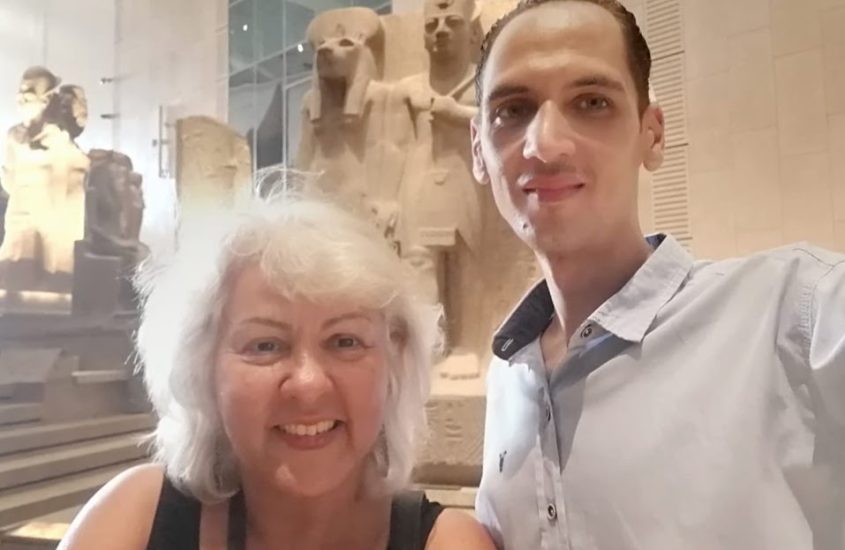

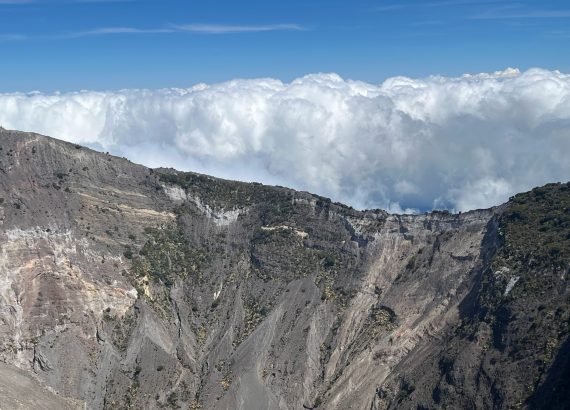
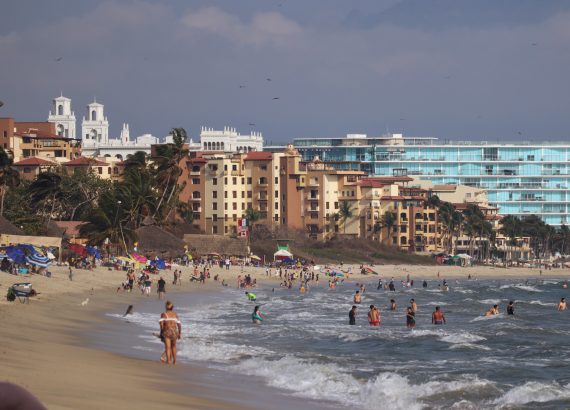
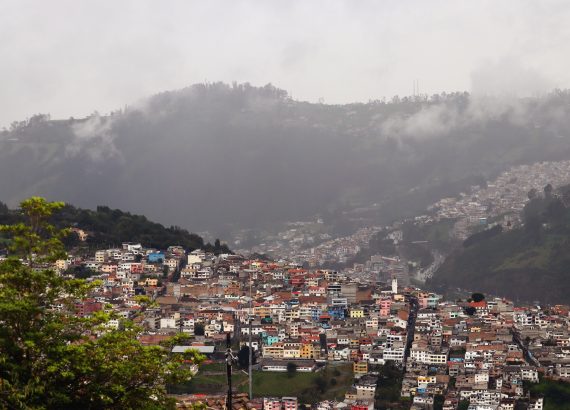
Marleny Franco
I always enjoy reading about your travels. I see that Egypt seems to be as crazy as ever and I’m glad you used tour guides. Most important that you took time for yourself.
Are you planning to do Asia?
Enjoy and continue your safe travels.
LimitedLimitless
Thanks, Marlene. Yes, it’s been quite a journey next year. I do plan to visit some Asian country. I specifically wanna go to Vietnam. I’ve been to Thailand. Hope you’re doing well. I know you love to travel as well.